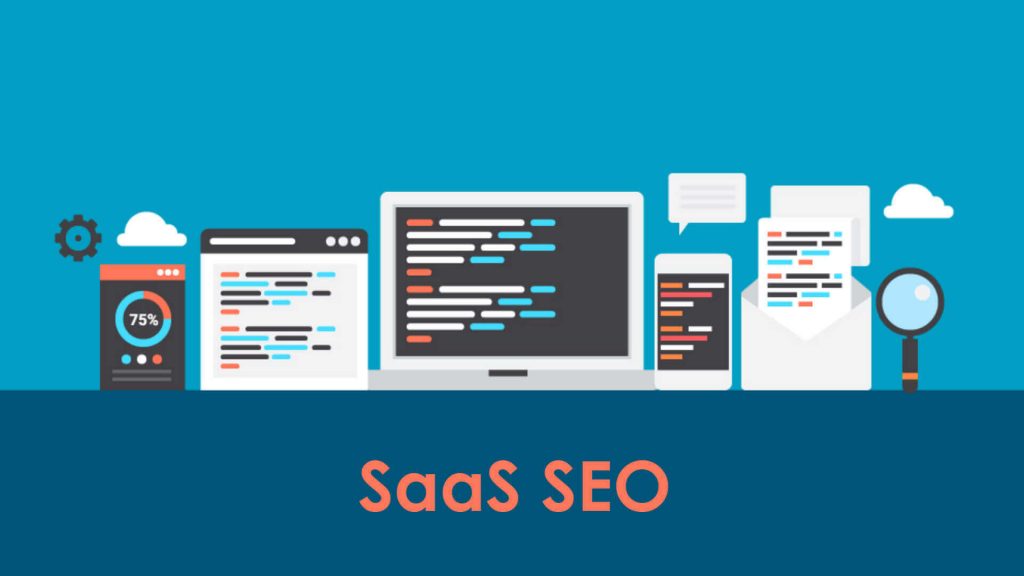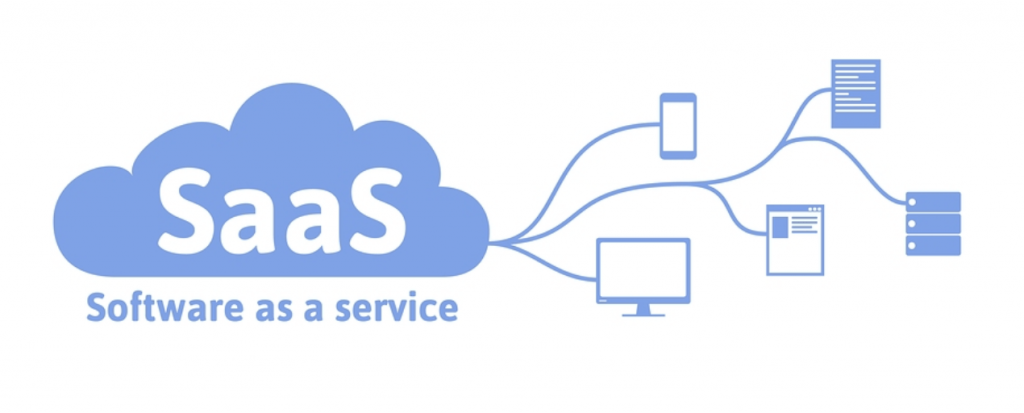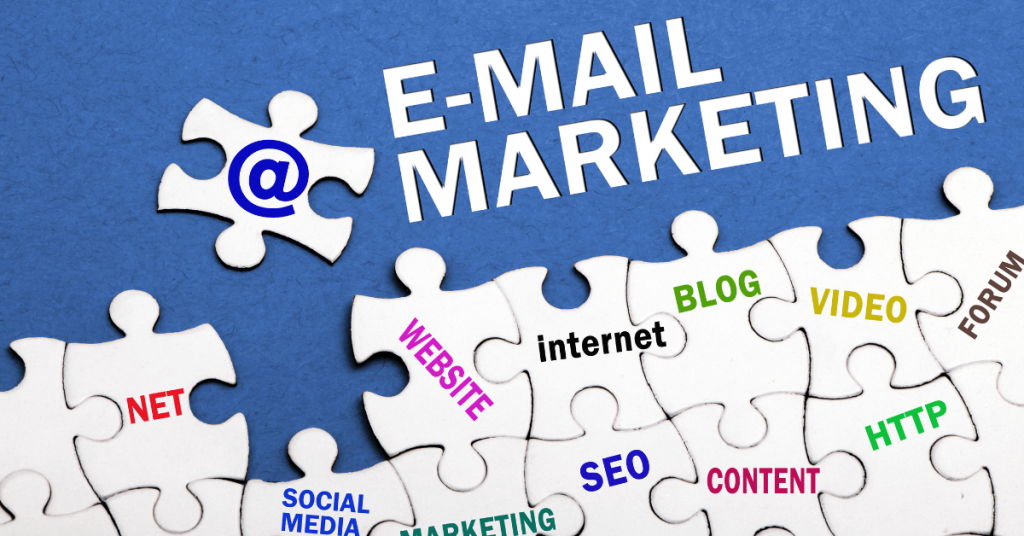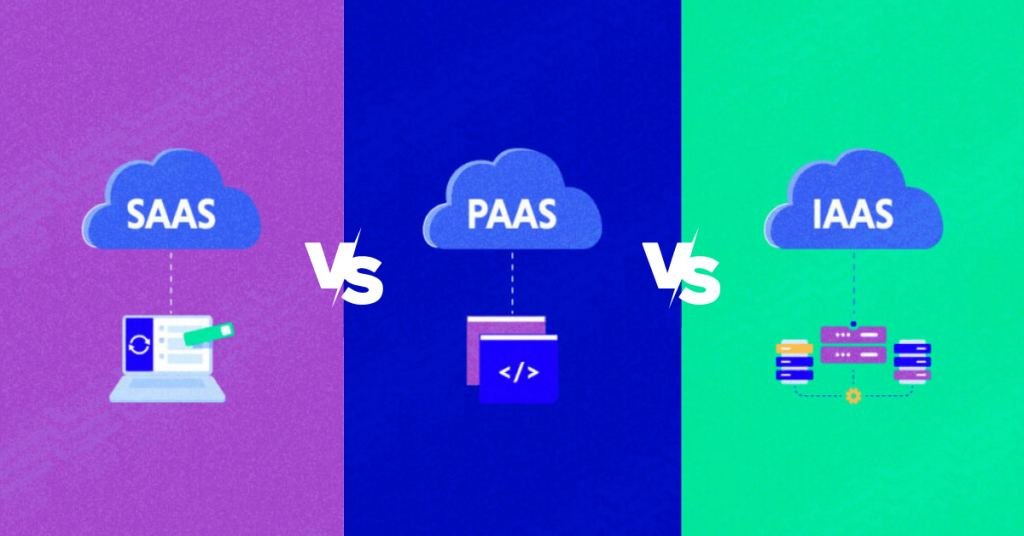Are you a SaaS founder or business leader looking to rapidly expand your company’s growth? Look no further! In this blog post, we will unveil seven essential SaaS growth strategies that will propel your business to new heights. These actionable and proven techniques will help you attract more customers, increase revenue, and achieve sustainable success in the competitive SaaS market.
Get ready to accelerate your expansion with these game-changing strategies!
What Is a SaaS Growth Strategy?
A SaaS (Software-as-a-Service) growth strategy refers to a plan or set of tactics implemented by SaaS companies to drive and sustain their expansion in the market. These strategies are designed to attract new customers, increase revenue, and improve overall business performance.
SaaS growth strategies often focus on acquiring new users, retaining existing customers, expanding into new markets, optimizing pricing models, enhancing product features, and improving customer satisfaction and loyalty. These approaches help SaaS businesses to effectively scale their operations and achieve long-term success.
Why SaaS Growth Strategies Are Important?
SaaS growth strategies are important for several reasons:
- Market Competition: The SaaS industry is highly competitive, with numerous companies vying for market share. Implementing growth strategies allows SaaS businesses to stand out from competitors and gain a competitive edge.
- Revenue Generation: SaaS growth strategies help companies attract new customers and retain existing ones, which leads to increased revenue. By expanding their customer base and maximizing the value derived from each customer, SaaS companies can achieve sustainable and profitable growth.
- Scalability: SaaS businesses often have the advantage of scalability, where they can quickly scale their operations and serve a growing number of customers. Growth strategies enable companies to capitalize on this scalability potential and efficiently expand their user base, infrastructure, and workforce.
- Investor Confidence: Well-defined growth strategies demonstrate a company’s ability to navigate the market and achieve substantial growth. This can instil confidence in investors, attracting funding and resources needed for further expansion and development.
- Customer Satisfaction: Growth strategies often focus on improving customer experience and satisfaction. Satisfied customers are more likely to remain loyal, refer others, and provide positive reviews and testimonials, which ultimately contributes to sustained growth.
- Long-Term Success: SaaS growth strategies are crucial for establishing a solid foundation and ensuring long-term success. By strategically planning and executing growth initiatives, SaaS companies can create sustainable business models, adapt to market changes, and remain relevant in the industry.
Overall, SaaS growth strategies are essential for driving business growth, maintaining a competitive position in the market, and achieving profitability and long-term success.
7 Best SaaS Growth Strategies To Scale Your SaaS Business In 2025

1. Understand Your Target Market
To fuel rapid expansion, it is imperative to have a deep understanding of your target market. Start by identifying your ideal customer profile (ICP) – the specific characteristics and attributes of customers who derive the most value from your SaaS product. Conduct thorough market research to gain insights into customer needs, pain points, and preferences.
Use data analytics and customer feedback to refine your ICP and tailor your product offerings accordingly. By aligning your product with the needs of your target market, you can effectively attract and retain customers, fueling rapid growth.
2. Build a Scalable Infrastructure
A robust and scalable infrastructure is the foundation for accommodating rapid expansion. Here are three key aspects to focus on:
2.1. Optimize Your Technology Stack
Assess and optimize your SaaS infrastructure to handle increased user demand. Leverage cloud-based services to ensure scalability, reliability, and flexibility. Cloud solutions like Amazon Web Services (AWS) or Microsoft Azure can provide the necessary infrastructure to support your growing user base.
Additionally, implement efficient data management and security protocols. Data is a valuable asset in the SaaS industry, and ensuring its integrity, availability, and protection is paramount. Invest in robust data storage, backup, and security systems to safeguard customer information.
2.2. Develop a Robust API Strategy
APIs (Application Programming Interfaces) play a pivotal role in enabling seamless integrations with other platforms and driving expansion opportunities. Create well-documented APIs that allow third-party developers to integrate with your SaaS product easily. By fostering partnerships and collaborations through API access, you can increase your product’s reach and attract new customers.
Continuously enhance and update your APIs based on customer feedback and evolving industry standards. Regularly review and optimize your API documentation to ensure developers find it easy to understand and work with your product.
2.3. Invest in Automation and Workflow Efficiency
Automation and streamlined workflows are essential for maximizing operational efficiency and scaling your business. Identify manual tasks that can be automated, such as customer onboarding, data processing, and billing. Leverage workflow management tools like Zapier, Trello, or Asana to streamline internal processes, improve productivity, and reduce human error.
Continuously monitor and optimize your workflows to identify bottlenecks and areas for improvement. By embracing automation and efficient workflows, you can free up valuable time and resources to focus on strategic initiatives, leading to rapid growth.
3. Prioritize Customer Success and Retention
SaaS businesses heavily rely on recurring revenue from loyal customers. Fostering customer success and retention is crucial for rapid expansion. Here are three strategies to prioritize:
3.1. Establish Effective Onboarding Processes
Smooth onboarding experiences are vital for setting the foundation of a successful customer journey. Develop comprehensive onboarding strategies that guide new customers through the initial setup, feature exploration, and value realization stages. Provide educational resources, tutorials, and interactive demos to help customers understand and utilize your SaaS product effectively.
Personalize onboarding experiences to align with the unique needs and goals of individual customers. By demonstrating the value of your product early on, you increase the likelihood of long-term engagement and retention.
3.2. Offer Exceptional Customer Support
Customer support plays a pivotal role in customer satisfaction and retention. Build a customer-centric support team that is responsive and knowledgeable. Aim for quick response times and provide support through various channels such as email, live chat, and phone.
Implement an omnichannel support approach to cater to different customer preferences. Use support ticketing systems to track and resolve customer issues efficiently. Leverage customer feedback and continuously improve your support services to deliver an exceptional customer experience.
3.3. Implement Customer Success Programs
Customer success programs focus on driving product adoption, usage, and overall customer satisfaction. Create proactive programs that provide ongoing guidance and support to customers. Assign dedicated customer success managers to key accounts and ensure regular communication to understand their evolving needs.
Identify key metrics and key performance indicators (KPIs) to measure customer success and satisfaction. This data can help you identify potential areas for improvement and provide personalized recommendations to maximize customer value.
4. Leverage Effective Marketing and Sales Strategies
Marketing and sales efforts play a crucial role in acquiring new customers and driving revenue growth. Here are three strategies to consider:
4.1. Develop a Targeted Content Marketing Strategy
Content marketing is a powerful tool for attracting, engaging, and converting potential customers. Develop a targeted content strategy that focuses on addressing customer pain points, providing valuable insights, and positioning your SaaS product as the solution.
Produce high-quality content such as blog posts, whitepapers, case studies, and webinars to establish thought leadership and credibility. Leverage SaaS search engine optimization (SEO) techniques to improve visibility and drive organic traffic to your website. Tailor your content to different stages of the customer journey and incorporate compelling calls-to-action (CTAs) to convert visitors into leads.

4.2. Implement Account-Based Marketing (ABM)
Account-Based Marketing (ABM) is a strategic approach that focuses on targeting and engaging specific high-value accounts. Identify key accounts that align with your ICP and develop personalized marketing campaigns to resonate with their unique pain points and goals.
Collaborate closely with your sales team to align ABM efforts with the sales process. Provide them with valuable insights and materials to support their efforts in nurturing and closing these target accounts. ABM can be an effective strategy for driving rapid growth by concentrating resources on the accounts with the highest potential value.
4.3. Optimize Pricing and Packaging
Pricing and packaging strategies significantly impact customer acquisition, expansion, and revenue growth. Conduct pricing analysis to determine the optimal pricing models for different customer segments. Consider factors such as customer value, market demand, and competitor pricing.
Experiment with different pricing strategies such as freemium models, tiered pricing, or usage-based pricing to find the right fit for your target market. Continuously analyze market trends and customer feedback to adjust pricing and packaging accordingly.
5. Foster Strategic Partnerships and Expansion
Strategic partnerships provide opportunities for mutual growth and expansion. Here are three strategies to foster partnerships and fuel rapid expansion:
5.1. Identify and Collaborate with Complementary SaaS Companies
Identify SaaS companies that offer complementary solutions to your product. Seek strategic partnerships with these companies to provide integrated solutions and deliver additional value to customers. Explore co-marketing opportunities, cross-promotion, and integration partnerships to expand your reach and generate leads.
Collaborate closely with partner companies to align marketing and sales efforts, share customer insights, and drive joint initiatives. Leveraging each other’s customer bases and expertise can significantly accelerate growth.
5.2. Expand into New Verticals or Geographies
Identify potential new verticals or geographies that align with your product offering. Conduct market research to understand the specific needs and pain points of these markets. Customize your product to cater to the unique requirements of these verticals or geographies.
Develop localized marketing and sales strategies to penetrate new markets effectively. Consider adapting your messaging, branding, and customer support to resonate with the target audience in these new territories.
5.3. Seek Funding and Investor Partnerships
To fuel rapid expansion, consider seeking external funding and investor partnerships. Evaluate different funding options such as venture capital, angel investors, or strategic partnerships. Look for investors who have expertise in the SaaS industry and can provide guidance, resources, and networking opportunities.
Build relationships with potential investors and present a compelling growth strategy. Demonstrate a solid track record, a clear vision, and a strong plan for utilizing the funds to scale your business. Funding and investor partnerships can provide the necessary resources to support rapid expansion.
6. Embrace Data-Driven Decision Making
Data is a powerful asset that can drive informed decision-making and fuel rapid growth. By leveraging data analytics, you can gain valuable insights into customer behavior, product usage, and market trends. Here’s how to embrace data-driven decision-making:

6.1. Implement Robust Analytics and Reporting
Integrate analytics tools like Google Analytics or Mixpanel to track user engagement, conversion rates, and customer churn. Set up custom event tracking to monitor specific user actions within your SaaS product. Generate regular reports to analyze the data and identify patterns, trends, and areas for improvement.
6.2. Conduct A/B Testing and Experimentation
A/B testing allows you to experiment with different variations of your product, pricing, or marketing campaigns to determine what resonates best with your target audience. Test different elements such as website layouts, pricing models, or email subject lines to optimize conversions and user engagement. Collect data from these experiments and use the insights to refine your strategies and drive growth.
6.3. Personalize User Experiences
Utilize customer data to personalize user experiences and deliver targeted content and recommendations. Leverage user behaviour data to suggest relevant features or upsell opportunities. Implement personalized email marketing campaigns based on user preferences and past interactions. By tailoring experiences to individual customers, you can enhance engagement, satisfaction, and ultimately drive rapid growth.
7. Foster a Culture of Continuous Innovation
To maintain a competitive edge and drive rapid expansion, it’s essential to foster a culture of continuous innovation within your SaaS organization. Here’s how you can encourage innovation:
7.1. Encourage Employee Feedback and Ideas
Create channels for employees to share their ideas and provide feedback on product features, processes, and customer interactions. Foster a culture that values innovation and rewards creativity. Regularly hold brainstorming sessions or hackathons to generate new ideas and solutions. Encourage cross-functional collaboration to foster a diverse range of perspectives and innovative thinking.
7.2. Embrace Agile Development and Iterative Improvements
Adopt an agile development methodology to enable rapid iteration and improvement of your SaaS product. Break down larger projects into smaller, manageable tasks or sprints. Continuously gather customer feedback and iterate based on their needs and pain points. Embrace a mindset of continuous improvement, where each iteration brings you closer to meeting customer expectations and driving rapid growth.
7.3. Invest in Research and Development
Allocate resources to research and development efforts to explore new technologies, features, or product enhancements. Stay abreast of emerging trends and industry innovations. Regularly evaluate your product roadmap to ensure it aligns with evolving customer needs and market demands. By investing in R&D, you can stay ahead of the competition and drive rapid expansion by offering innovative solutions to customers.
By embracing data-driven decision-making and fostering a culture of continuous innovation, your SaaS business can unlock new opportunities, drive customer satisfaction, and achieve rapid growth in the ever-evolving market.
Conclusion – SaaS Growth Strategies
In the fast-paced and highly competitive SaaS industry, implementing essential growth strategies is crucial for rapid expansion. By understanding your target market, building a scalable infrastructure, prioritizing customer success and retention, leveraging effective marketing and sales strategies, and fostering strategic partnerships, you can position your SaaS business for sustainable and rapid growth.
Remember, growth is an ongoing process that requires continuous adaptation and improvement. Implement these strategies, measure their impact, and iterate based on customer feedback and market trends. With dedication, strategic execution, and a customer-centric approach, you can achieve rapid expansion and establish your SaaS business as a market leader.

